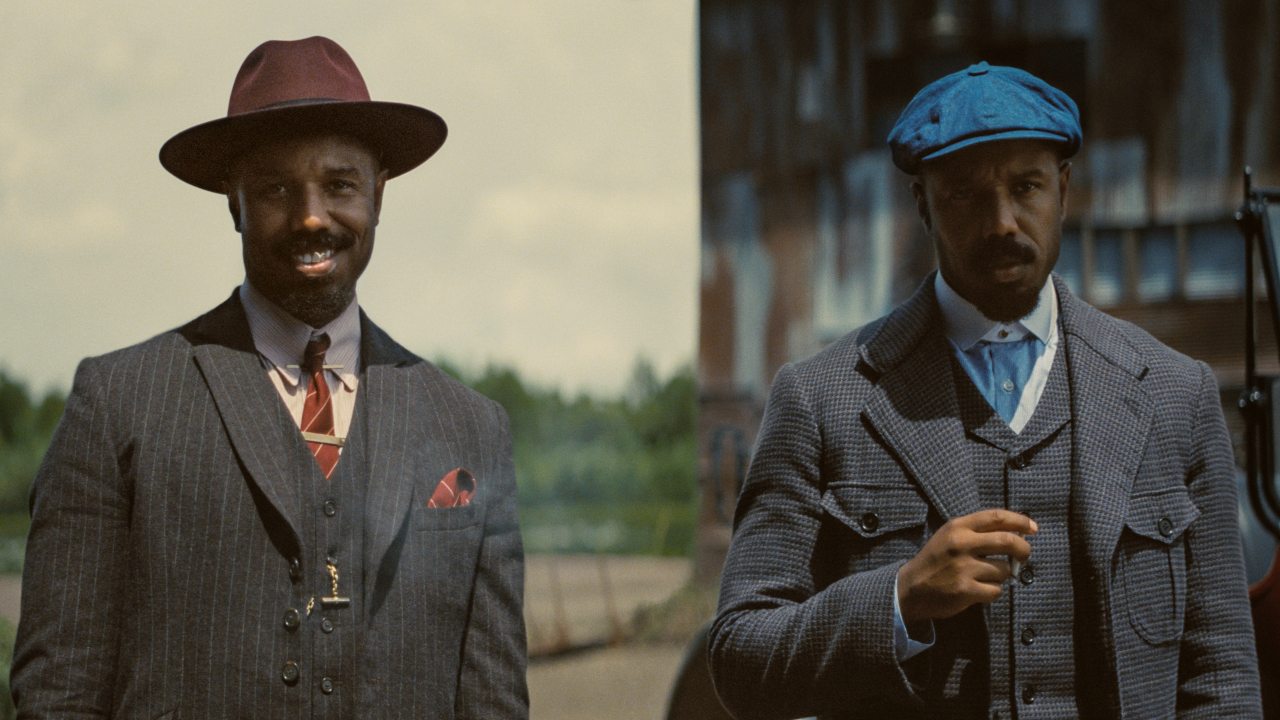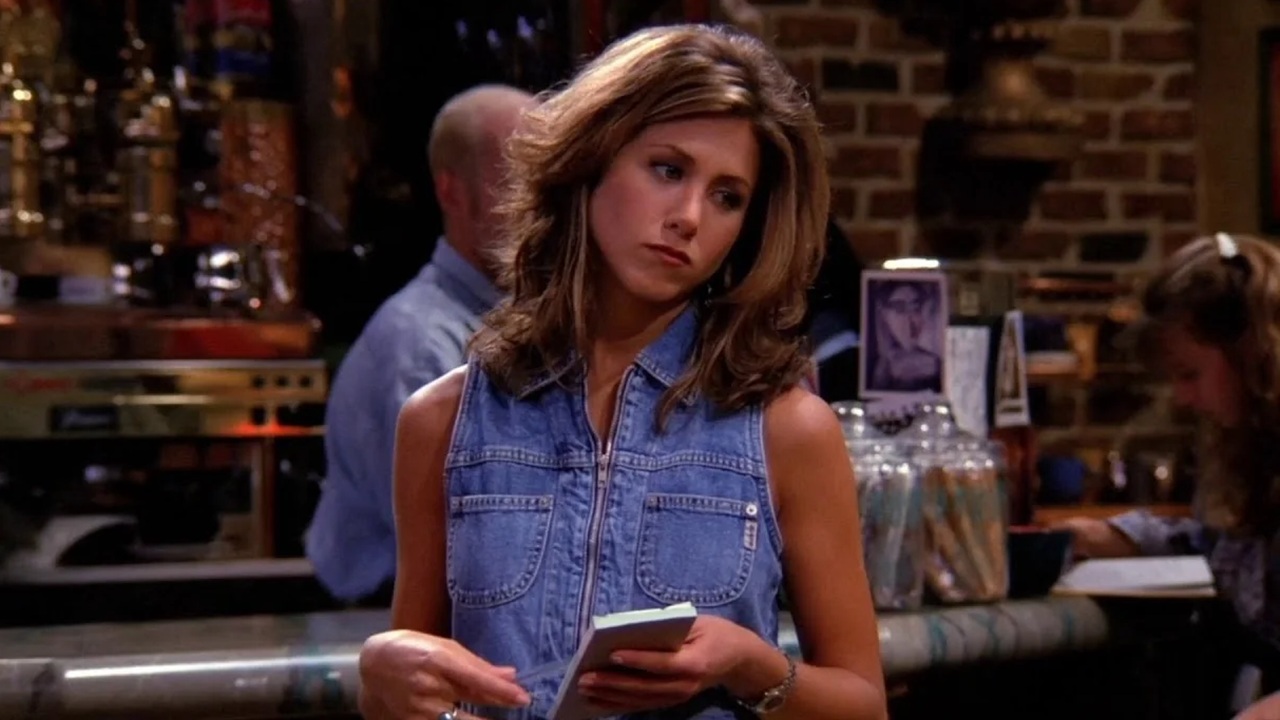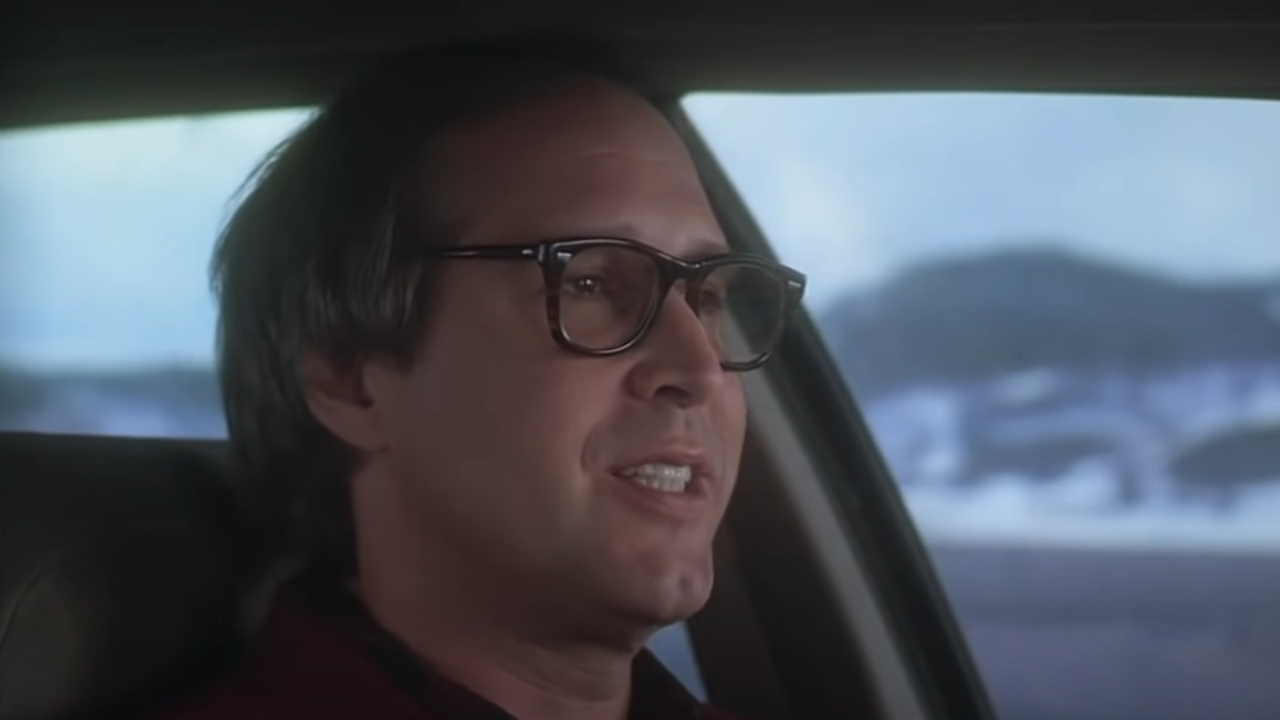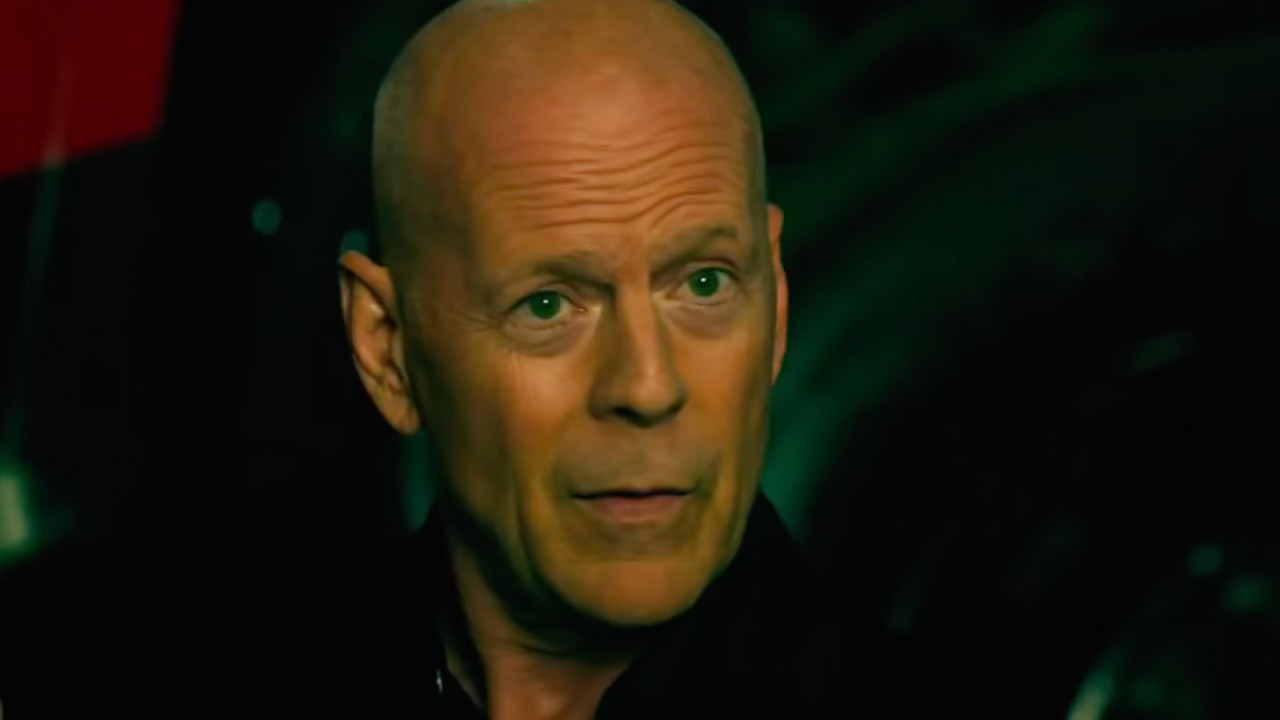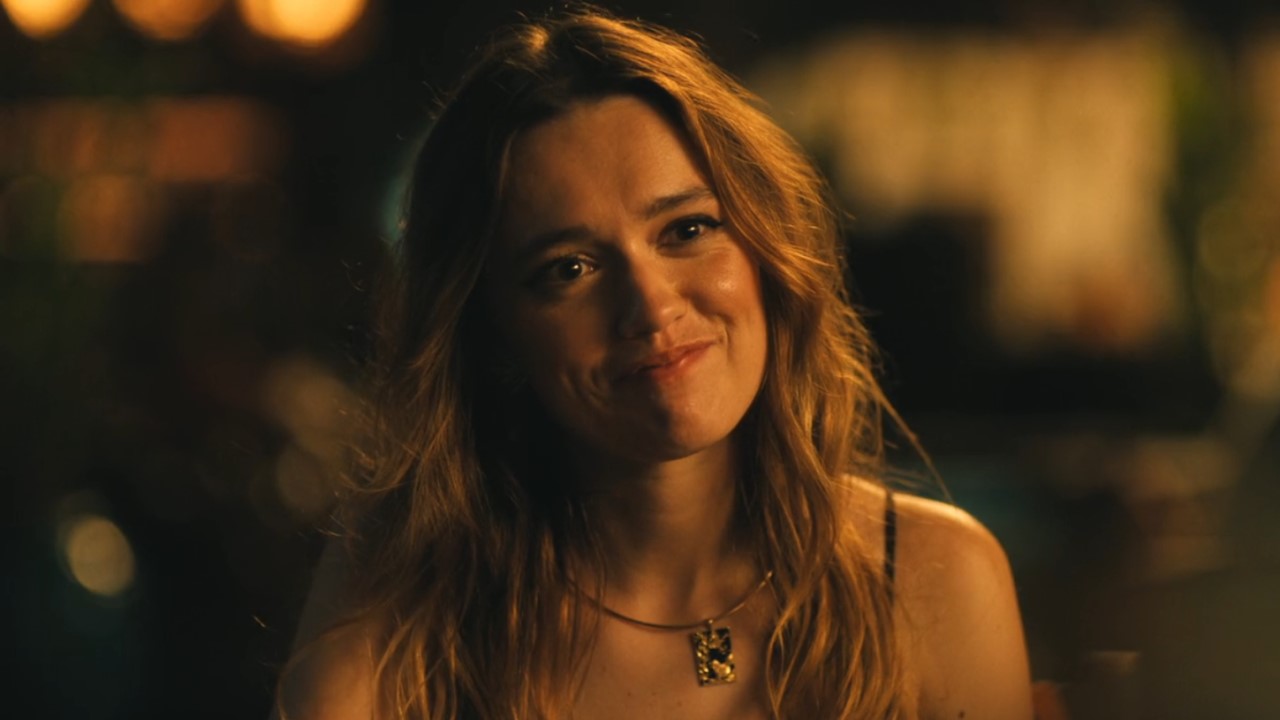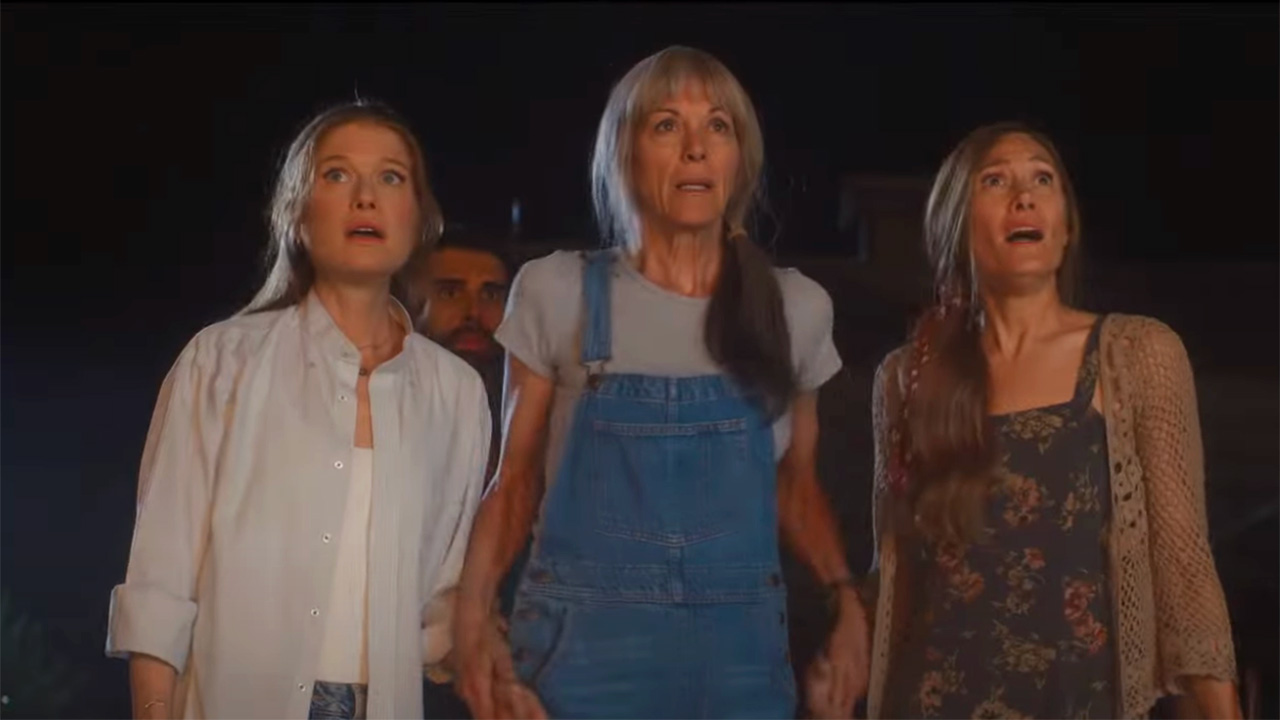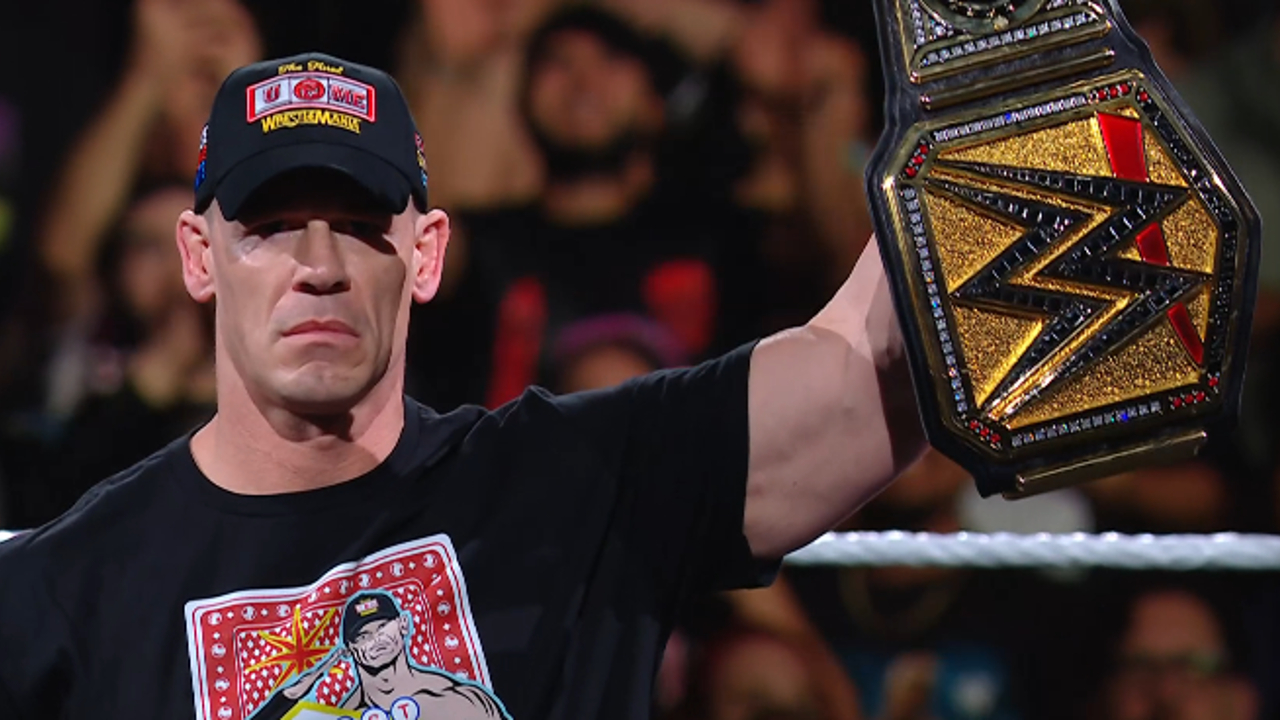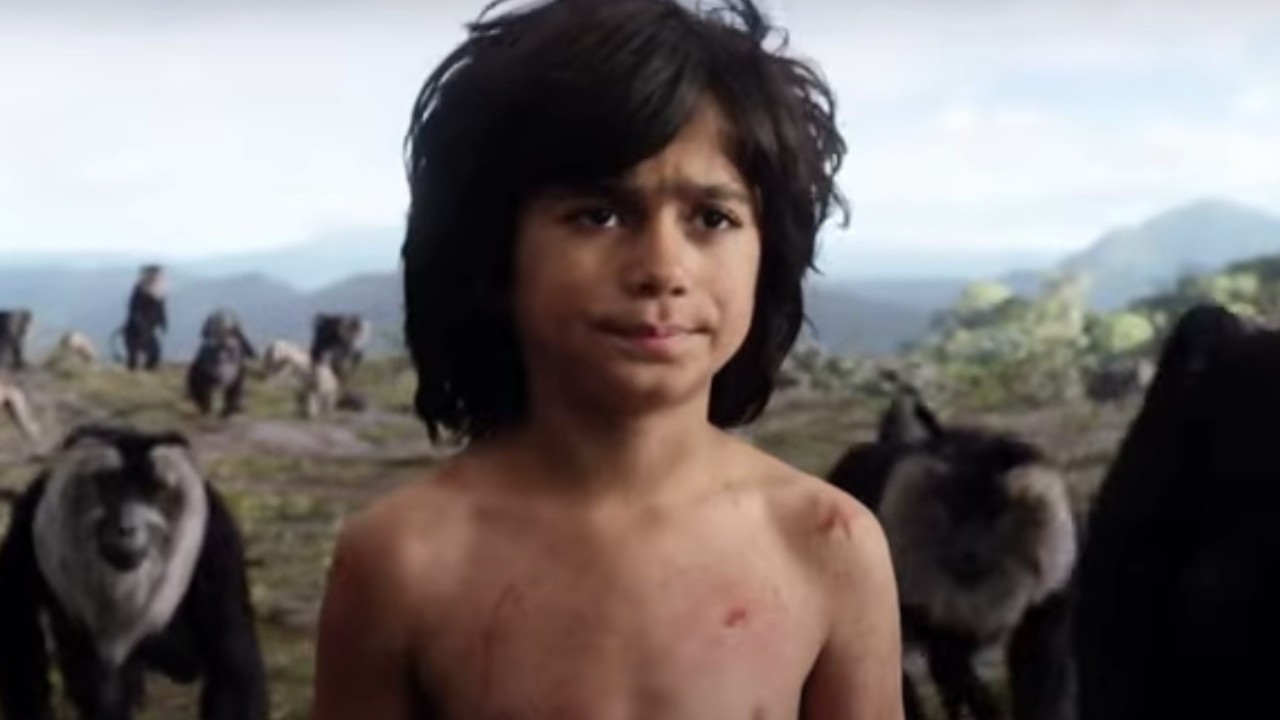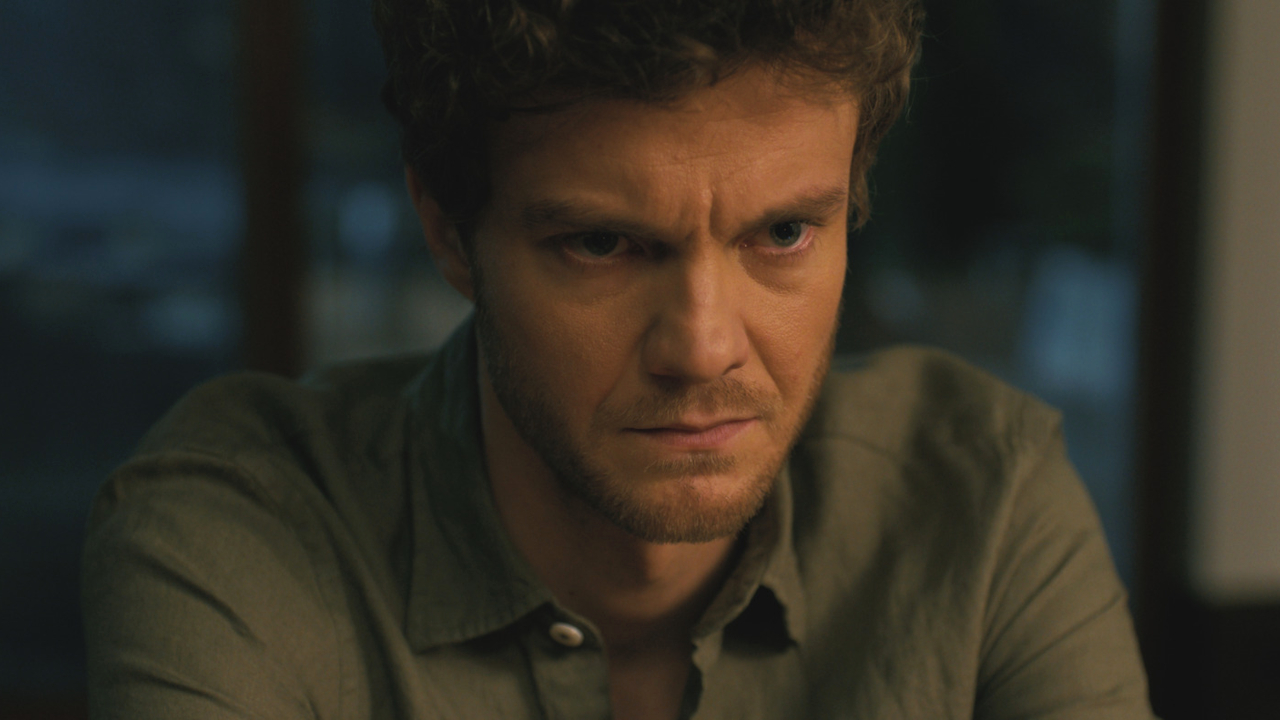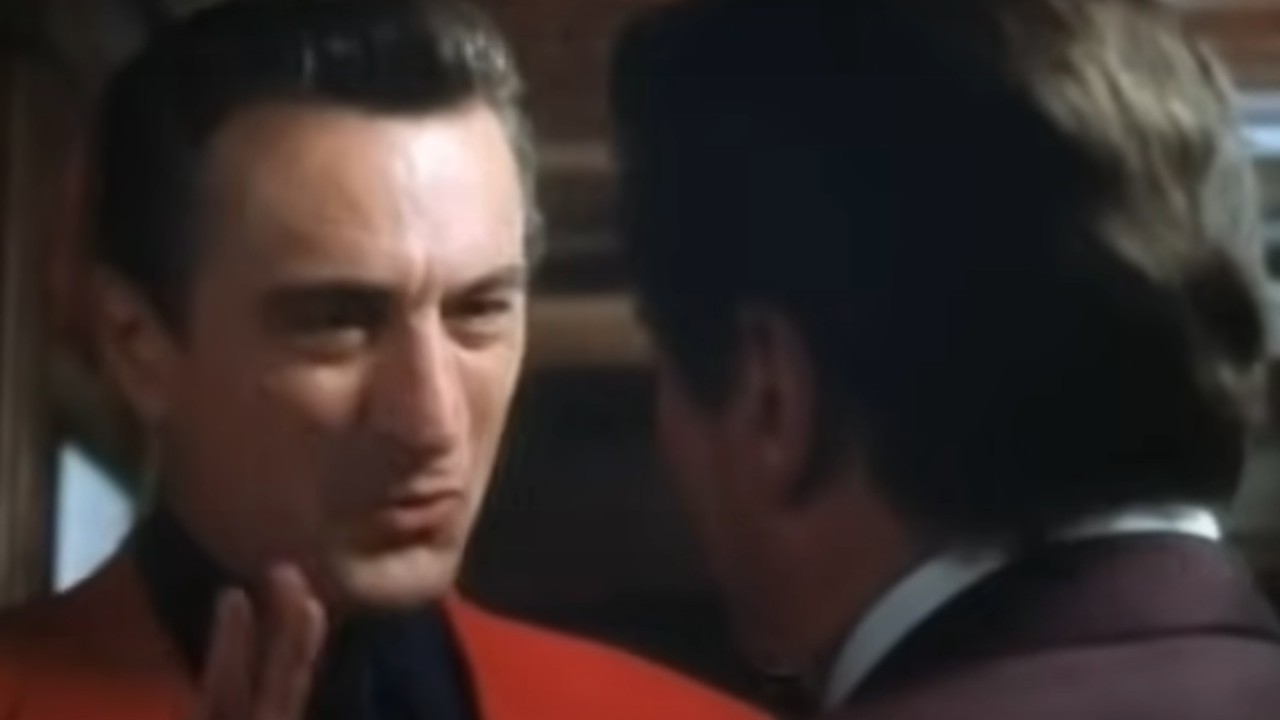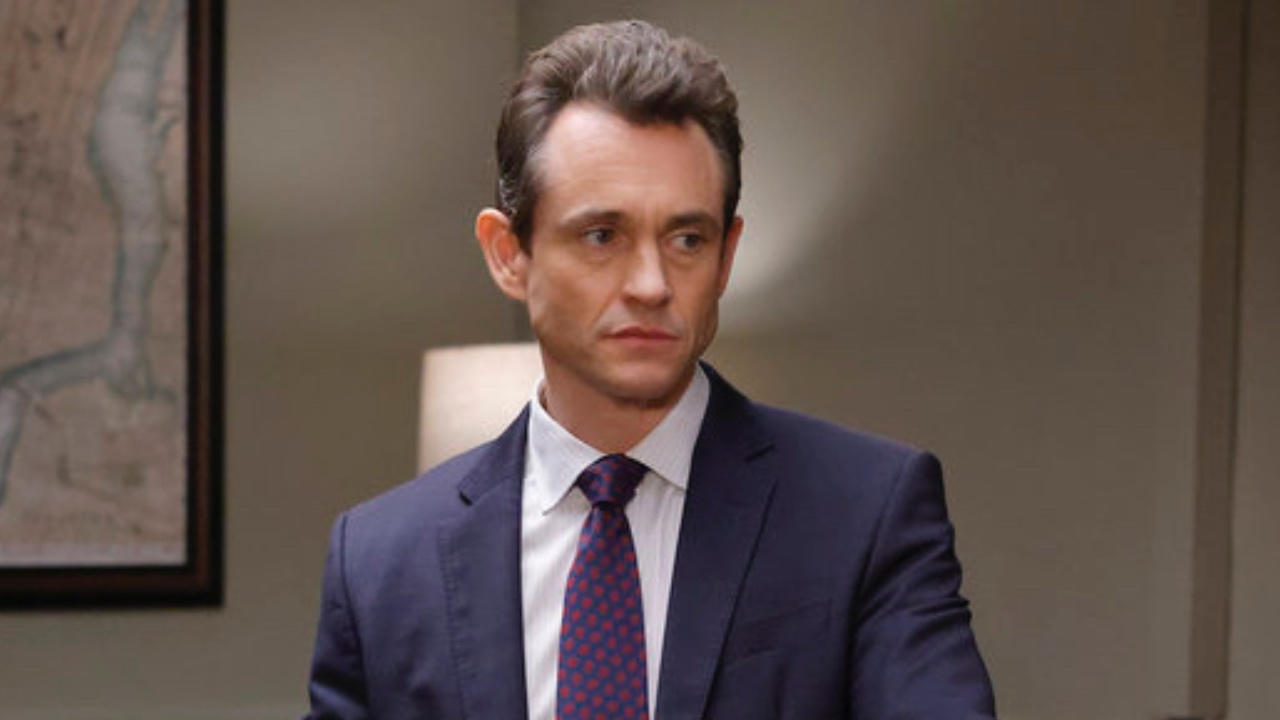Adapting Stephen King's Doctor Sleep: The 2019 Film Is So Great That It Changed King's Opinion Of The Shining
Doctor Sleep seemed like it would be impossible to adapt... but Mike Flanagan knew better.
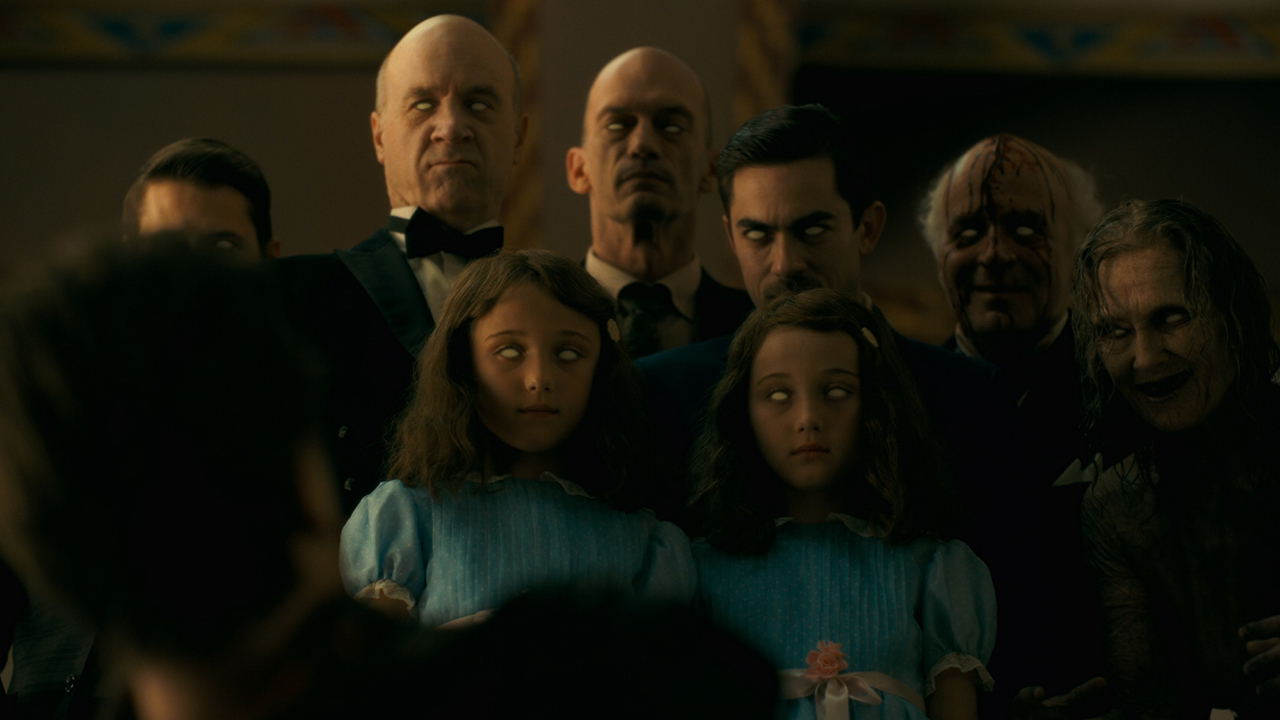
Stanley Kubrick’s The Shining has a phenomenal legacy and is widely and properly regarded as one of the best films of all time… but Stephen King’s disapproval will forever be a blemish. The author has never been shy about sharing his criticisms of the way the movie deviates from his book, and there is no more significant nose-thumbing that exists than 2013’s Doctor Sleep (and I’m acknowledging the existence of the 1997 The Shining miniseries within that sentiment). The sequel novel doubles down on the details from The Shining that were altered by Kubrick, firmly linking it to his own work and not the adaptation… though doing so seemingly eliminated the possibility that it could ever be brought to the big screen.
That didn’t stop writer/director Mike Flanagan from taking his shot.
As recounted on his personal Tumblr page, the filmmaker took a meeting with producer Jon Berg at Warner Bros. shortly after the completion of Gerald’s Game for Netflix (another seemingly impossible adaptation) – but he wasn’t there to talk about Stephen King. Berg wanted to hear his thoughts about doing something from the world of DC Comics, and the conversation didn’t turn to the beloved author’s work until Flanagan’s pitch for a Clayface movie didn’t earn any interest. When the two men started talking King, Berg asked for Flanagan’s impressions on a script that Akiva Goldsman had written for a Doctor Sleep adaptation. The Haunting Of Hill House creator explained that he had read it, but that he had a different vision for the story (a vision he’d previously tried to pitch, but he failed to schedule a meeting at Warner Bros. about it).
Flanagan suggested that an adaptation be more faithful to the book than what Goldsman had written, and while it would change key details to allow it to be a sequel to Stanley Kubrick’s movie, Doctor Sleep would end with an altered version of what plays out at the end of Stephen King’s The Shining (where the Overlook Hotel burns to the ground with Jack Torrance still inside). The filmmaker didn’t even make it to his car in the parking lot at Warner Bros. before he got a call from Jon Berg saying that King had approved his approach.
In that moment, Mike Flanagan embarked on a journey that could be described as a cinematic tightrope walk worthy of Philippe Petit, where he would be acting as a moderator between two conflicting pillars of pop culture. So what did we do? He went out and made one of the best Stephen King movies of all time, and the subject of this week’s Adapting Stephen King.
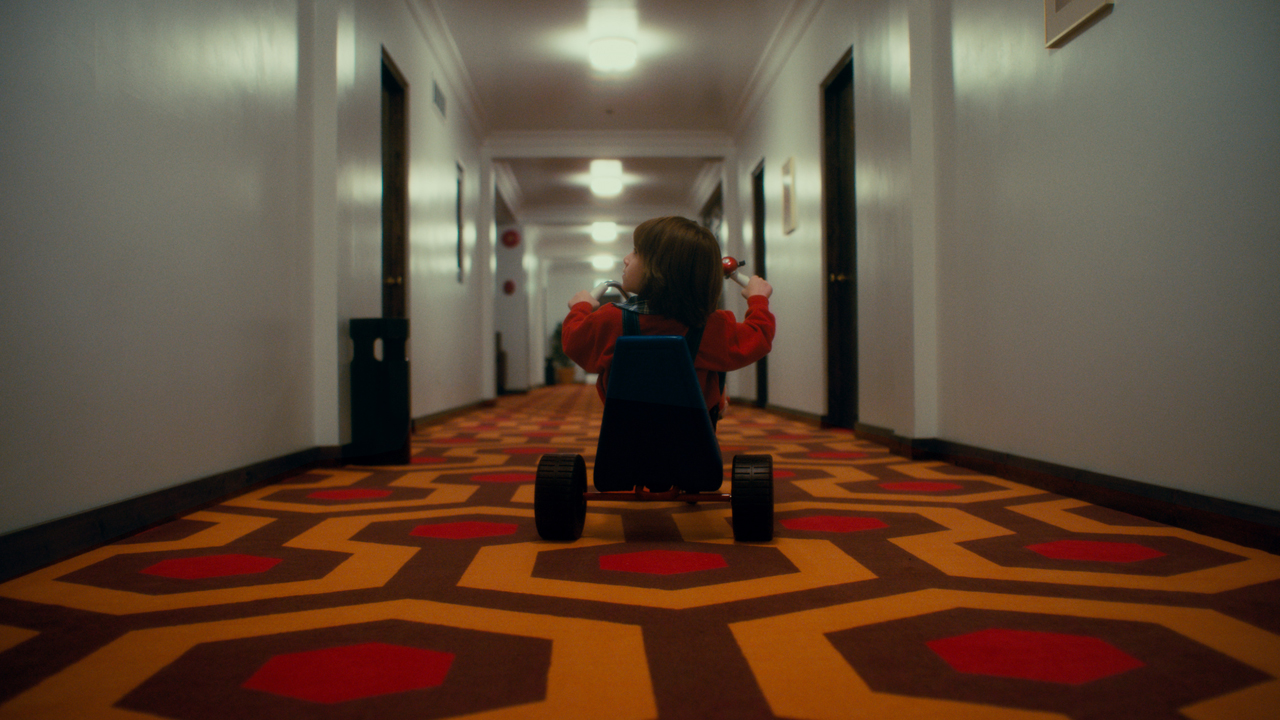
What Doctor Sleep Is About
The Shining, as written by Stephen King, is certainly not a story that ends with a “happily ever after.” While Danny and Wendy Torrance form a wonderful and permanent bond with Dick Hallorann, it’s clear that the trauma they have experienced will not just wither away and be something that they can move past. It’s going to affect the rest of their lives.
It was the drive to know what specifically became of their lives that is credited as one of the principal motivations that King had to write Doctor Sleep. In the “Author’s Note” at the end of the book, he credits an unnamed fan from his 1998 Bag Of Bones press tour for asking him the question, “Hey, any idea what happened to the kid from The Shining?” but he adds that it was an itch begging to be scratched before that.
CINEMABLEND NEWSLETTER
Your Daily Blend of Entertainment News
It wasn’t the only itch inspired by his beloved 1977 novel, however. In King’s mind, this idea was partnered with another question he long had pondered, inspired by his own recovery from addiction:
What would have happened to Danny’s troubled father if he had found Alcoholics Anonymous instead of trying to get by with what people in AA call ‘white-knuckle sobriety’?
Trying to kill his drinking habit without a support system that can relate to his struggle leads Jack Torrance to madness and attempted homicide. The Shining is a story of addiction, but Doctor Sleep became a story about recovery.
When Constant Readers are reintroduced to Dan Torrance as an adult, he is circling rock bottom. He has inherited his father’s proclivities toward alcohol, both as a means of forgetting the Overlook and stifling his shine, and after a night of hard drinking and waking in a bed with a woman he doesn’t know he decides that it is finally time to fix his life. He moves to a small town in New Hampshire called Frazier, and while attending Alcoholics Anonymous meetings he gets a job at a hospice caring for the dying.
As Dan finds his way back from the brink, we are simultaneously introduced to two people whose stories will intersect with his in powerful ways: Abra Stone, a pre-teen from a neighboring town in New Hampshire who may shine brighter than anyone on Earth; and Rose The Hat, the leader of a vicious pack of psychic vampires called The True Knot who sense out psychically gifted people and torture and kill them for their “steam.”
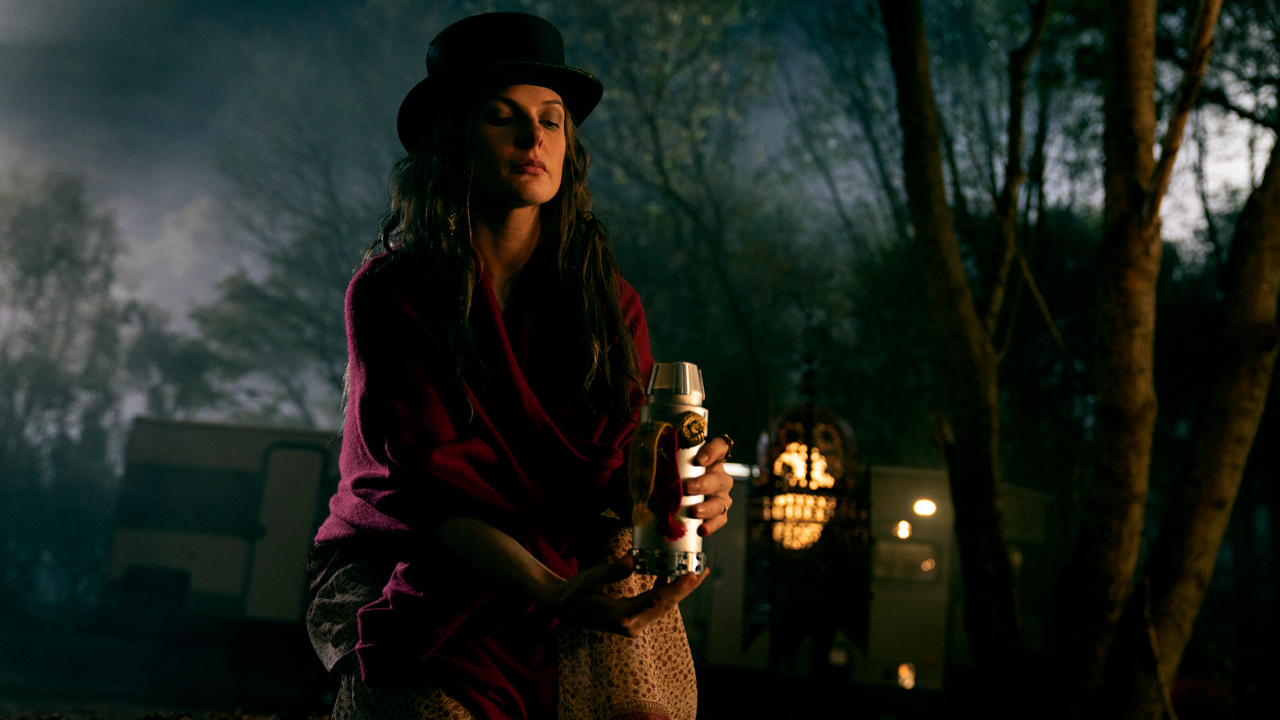
How Mike Flanagan’s Doctor Sleep Differs From Stephen King’s Book
When comparing Doctor Sleep the book versus Doctor Sleep the movie, identifying the threads that tie the latter to Stanley Kubrick’s The Shining feels like a natural place to begin. The more minor example of this is that Dick Halloran (Carl Lumbly) is dead – though the film manages to keep him in the story by making it canon that Dan (Ewan McGregor) can see benevolent ghosts as well as evil ones.
More significant for the plot of the film is the fact that the Overlook Hotel still stands in the remoteness of Sidewinder, Colorado – albeit closed and shuttered. Stephen King returns to the site of the haunted lodging in his book, but no new building exists, and it instead is a campsite owned by the True Knot. Because Kubrick didn’t burn down the Overlook in the 1980 cinema classic, the iconic production design is a special treat that Mike Flanagan gets to play with in Doctor Sleep, and it’s a springboard that he uses to reinvent the story’s third act (more on that in a minute).
For the most part, the movie’s first act follows the book, though there are alterations, amalgamations and omissions. This includes a scene where Abra (Kyliegh Curran) as a baby essentially predicts September 11, and Billy Freeman (Cliff Curtis) being a combination of Billy from the book and Casey Kingsley, the character who gives Dan his first job in Frazier and is his AA sponsor.
Speaking of Billy and Casey, one key thing that Flanagan does with his version of Doctor Sleep – particularly in the second act – is shrink the size of Dan’s inner circle/support system. Dr. John Dalton (Bruce Greenwood) is a key supporting character in the book with connections to both Dan and the Stone family, but he’s only in two scenes in the film. Additionally, both Billy and David Stone (Zackary Momoh) survive in the book, with the former joining Dan and an astral-projecting Abra for the final showdown in Colorado, but Flanagan shocks constant readers by killing both of them.
Another character with a much smaller role to play is Abra’s grandmother, who is mentioned in the movie but never actually appears. This is a part of a much larger change: in the book, it’s revealed that Dan and Abra are connected not just through the shining but because he is biologically her half-uncle (Jack Torrance turns out to be Abra’s mother’s father). It’s a smart edit, because the story really doesn’t need it.
Keeping on the subject of unnecessary ideas, the film also doesn’t introduce the idea of diseased steam that is featured prominently in Stephen King’s Doctor Sleep. In the text, the True Knot ends up dealing with a serious measles outbreak following the murder of Bradley Trevor a.k.a. the baseball boy, and it makes the group weak and ever more desperate to find and feed on Abra. In the movie, hunger and fear of famine is all that Rose The Hat (Rebecca Ferguson) needs to fuel her pursuit (along with a severely damaged ego).
To circle back to the ending, it could be said that Doctor Sleep has more in common with the end of Stephen King’s The Shining than the novel it’s based on. The source material features Dan freeing the ghost of Horace Derwent to kill one of the last surviving members of the True Knot, but they aren’t used to take down Rose The Hat (in the book, Abra and the ghost of Jack Torrance psychically push her off an observation platform and she starts cycling after breaking her neck).
It’s after Rose is killed that the details from The Shining get implemented and Doctor Sleep mirrors the end of Stephen King’s third novel. Abra is a substitute for young Danny, and Dan stands in for his psychotic father. Both see the child end up escaping their pursuer by reminding them that the boiler is about to overheat and explode, and both end with the possessed member of the Torrance family in the boiler room witnessing everything start to burn.
Like Billy Freeman and David Stone, Dan dies in the movie, but not in the book. The epilogue of the novel sees Dan celebrate his fifteenth year of sobriety and celebrate Abra’s fifteenth birthday – using the latter opportunity to warn her about her family’s history with alcohol abuse. Doctor Sleep ends with him returning to the hospice and caring for a patient ready to die.
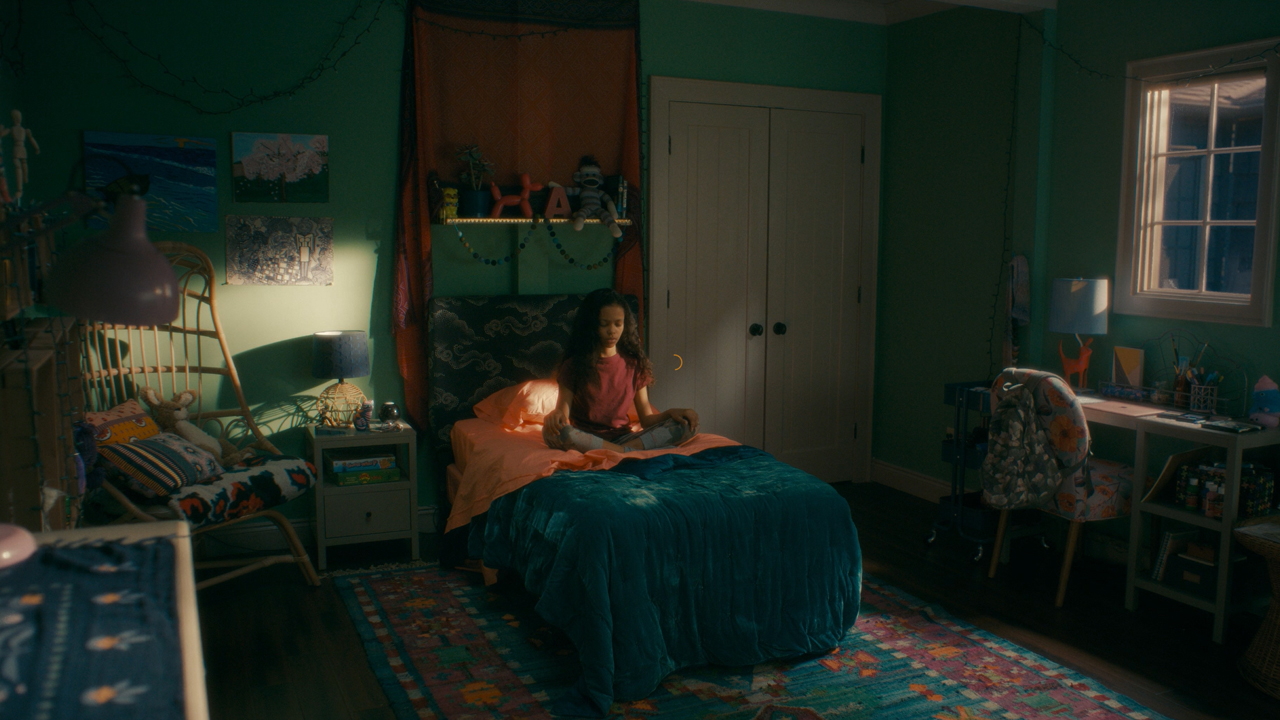
Is It Worthy Of The King?
Doctor Sleep is a miracle. Stephen King spent almost 40 years sharing his completely valid criticisms with Stanley Kubrick’s treatment of his work, and thanks to Mike Flanagan, there is now peace. Recording a terrific commentary track as a bonus episode of The Kingcast in 2021, the writer/director said,
[Stephen King] has been amazingly consistent with his feelings about [Stanley Kubrick’s The Shining] over the years. The things that surprised me were… he did soften quite a bit after he saw this, and one of the things he said multiple times was, ‘This movie makes me… it warms me up on that movie. It makes it feel ok to me.’ It was nuts.
Considering that one of Stephen King’s consistent complaints about Kubrick’s The Shining is that it’s “cold,” that’s both a pun and a ridiculously high complement.
The theatrical cut – which I wrote a 1,300-plus word review about prior to its release – is astonishing, but the three-hour-long director’s cut is even better. In addition to being even more faithful to the book, restoring scenes from the book that got cut, it employs a terrific chapter structure and delivers more of the sequence with Dan and his father (Henry Thomas), which is heartbreaking and incredible.
Thanks to Warner Bros. riding the high that came off of the success of IT, Doctor Sleep was given the ability to be the best movie that it could be, and while that gamble didn't play out well for the studio as far as box office receipts are concerned, it will be remembered and reflected on as a miracle, and that's priceless.
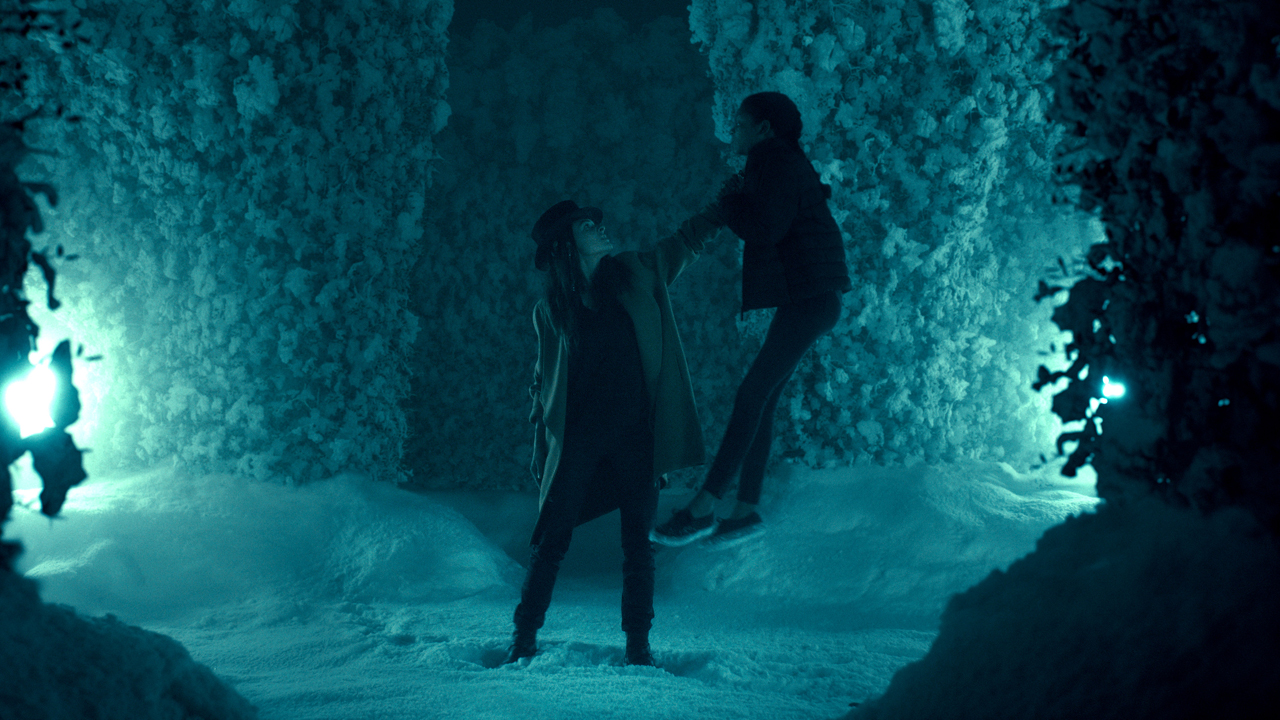
How To Watch Mike Flanagan’s Doctor Sleep
Mike Flanagan’s Doctor Sleep has flipped around to a couple different streaming services since it first hit the home video market, but at present you can find it to watch instantly on HBO Max (it’s also free on Tubi, but with ad breaks). Other options to watch the theatrical cut online include RedBox and Apple, though you can find the director’s cut on both Vudu and Google Play. For those of you building the Ultimate Stephen King collection, your best bet is the 4K release, which includes a Blu-ray with the director’s cut along with a number of featurettes.
Next week’s column will be taking a look at the first Stephen King adaptation of the 2020s, a.k.a. the sixth decade of Stephen King adaptations. The spotlight will be on Richard Price’s HBO TV series The Outsider, based on the book of the same name, and while you wait for that piece’s arrival in the CinemaBlend TV section next week, you can peruse my previous Adapting Stephen King features by clicking through the banners below.







Eric Eisenberg is the Assistant Managing Editor at CinemaBlend. After graduating Boston University and earning a bachelor’s degree in journalism, he took a part-time job as a staff writer for CinemaBlend, and after six months was offered the opportunity to move to Los Angeles and take on a newly created West Coast Editor position. Over a decade later, he's continuing to advance his interests and expertise. In addition to conducting filmmaker interviews and contributing to the news and feature content of the site, Eric also oversees the Movie Reviews section, writes the the weekend box office report (published Sundays), and is the site's resident Stephen King expert. He has two King-related columns.
